Nuts are often called fatteners and calorie bombs. This is mainly due to the fact that nuts contain a relatively large amount of fat, on average between 50g and 75g fat per 100g. However, not all fat is bad.
There are different types of fatty acids and they all have a different effect on our body. In this article we will explain which fatty acids are contained in nuts and why nuts contain a particularly large amount of healthy fats.
Which different fatty acids exist?
There are two basic types of fatty acids: saturated and unsaturated fatty acids. Saturated fatty acids are considered unhealthy as they do not form double bonds in the fatty acid chain. In contrast, unsaturated fatty acids are healthy for the body because they form double bonds between the carbon atoms.
With the unsaturated fatty acids one can distinguish then again between monounsaturated and polyunsaturated fatty acids. Monounsaturated fatty acids form one double bond with the molecule in the fatty acid chain and polyunsaturated fatty acids form two or more double bonds.
What role do these fatty acids play in the diet?
In principle, fatty acids should be an essential part of your daily diet. Among other things, fat is responsible for the hormones in our body and is part of our body structure, for example in cell membranes. Fat therefore plays a very important role for our body and should therefore be consumed in sufficient quantities.
The DGE (German Society for Nutrition) recommends that an adult with light to medium-heavy physical work should consume a maximum of 30% of the daily energy requirement in the form of fat. According to the recommendation, a maximum of 10% saturated fatty acids, 13% monounsaturated fatty acids and 7% polyunsaturated fatty acids should be consumed in the daily food intake.
These fatty acids are contained in nuts
Nuts contain a particularly high amount of high-quality fat. They contain a small proportion of unhealthy saturated fatty acids and a high proportion of healthy unsaturated fatty acids. Nuts and especially the walnut is known for a high proportion of the polyunsaturated fatty acid Omega-3.
That is why the fatty acid Omega-3 in nuts is so healthy
In terms of fat distribution, walnuts are an excellent choice. They contain mainly polyunsaturated fatty acids and also have an optimal omega-6 to omega-3 fatty acid ratio. The intake ratio of omega-6 to omega-3 should be around 5:1. This means that for every 5 parts of omega-6 fatty acids, you should consume 1 part of omega-3 fatty acids.
The ratio between omega-6 and omega-3 fatty acids in nuts
This ratio between the two fatty acids is very important. The messenger substances from omega-6 fatty acids have an inflammatory effect, while omega-3 fatty acids have an anti-inflammatory effect. However, if we consume too much omega-6 fatty acids, the effect of the omega-3 fatty acids is blocked.
In reality, the ratio between omega-6 and omega-3 in the food intake for many people is 20:1. This means that you should increase the amount of omega-3 fatty acids in your diet, for example by eating walnuts, rapeseed oil and linseed oil.
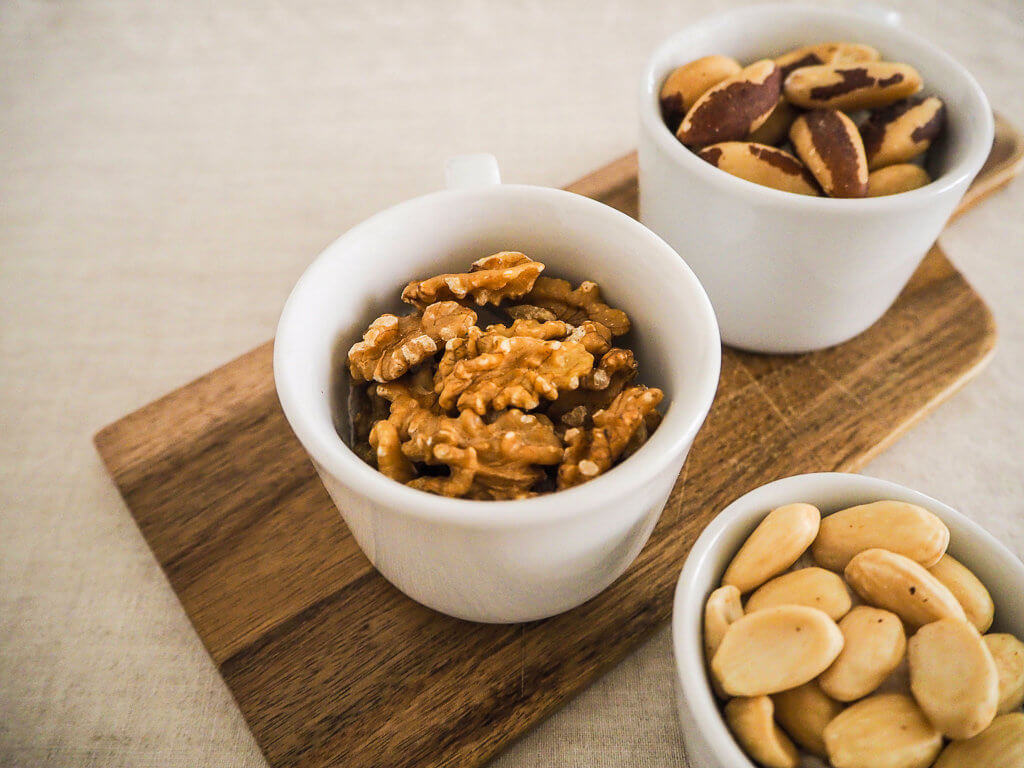
But other nuts such as macadamia also contain an almost optimal omega-6 to omega-3 fat ratio of 6:1 and also contain many monounsaturated fatty acids and only a small amount of polyunsaturated fatty acids.
Why is the fat in nuts so healthy?
As already mentioned, nuts such as cashews, almonds, walnuts and hazelnuts contain a particularly high proportion of mono- and polyunsaturated fatty acids. Some nuts, such as the walnut and macadamia, have a particularly good ratio of omega-3 to omega-6 fatty acids, while other nuts, such as the peanut, contain less omega-3 fatty acids but more protein.
Overall, all nuts and their high fat content can have a positive effect on blood lipid levels, as well as diabetes. Because of the many health benefits of eating nuts, they should not be missing in your diet. Whether as a snack, stirred into your porridge or as an ingredient in baking, a handful of nuts can be easily integrated into your diet.
Conclusion
Nuts are therefore a high-quality source of healthy fatty acids, as they predominantly contain mono- or polyunsaturated fatty acids and many nuts also have a good ratio of omega-6 fatty acids to omega-3 fatty acids.
In addition to healthy fatty acids, nuts also contain high-quality protein, healthy fibre and micronutrients such as vitamins and minerals. Since they are a purely plant-based food, they are also perfectly suited for a vegan diet. Find out what other nutritional values are contained in the different types of nuts such as cashews, almonds, walnuts.
Recommended articles
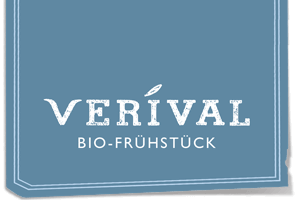





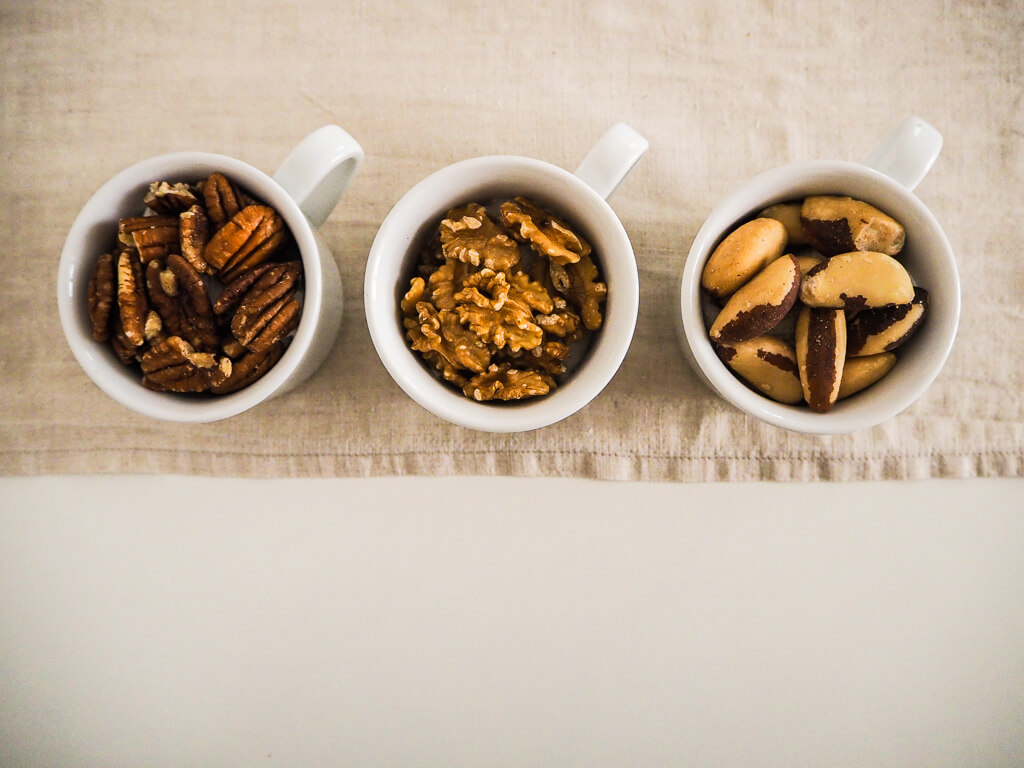
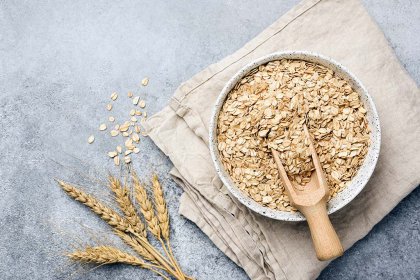
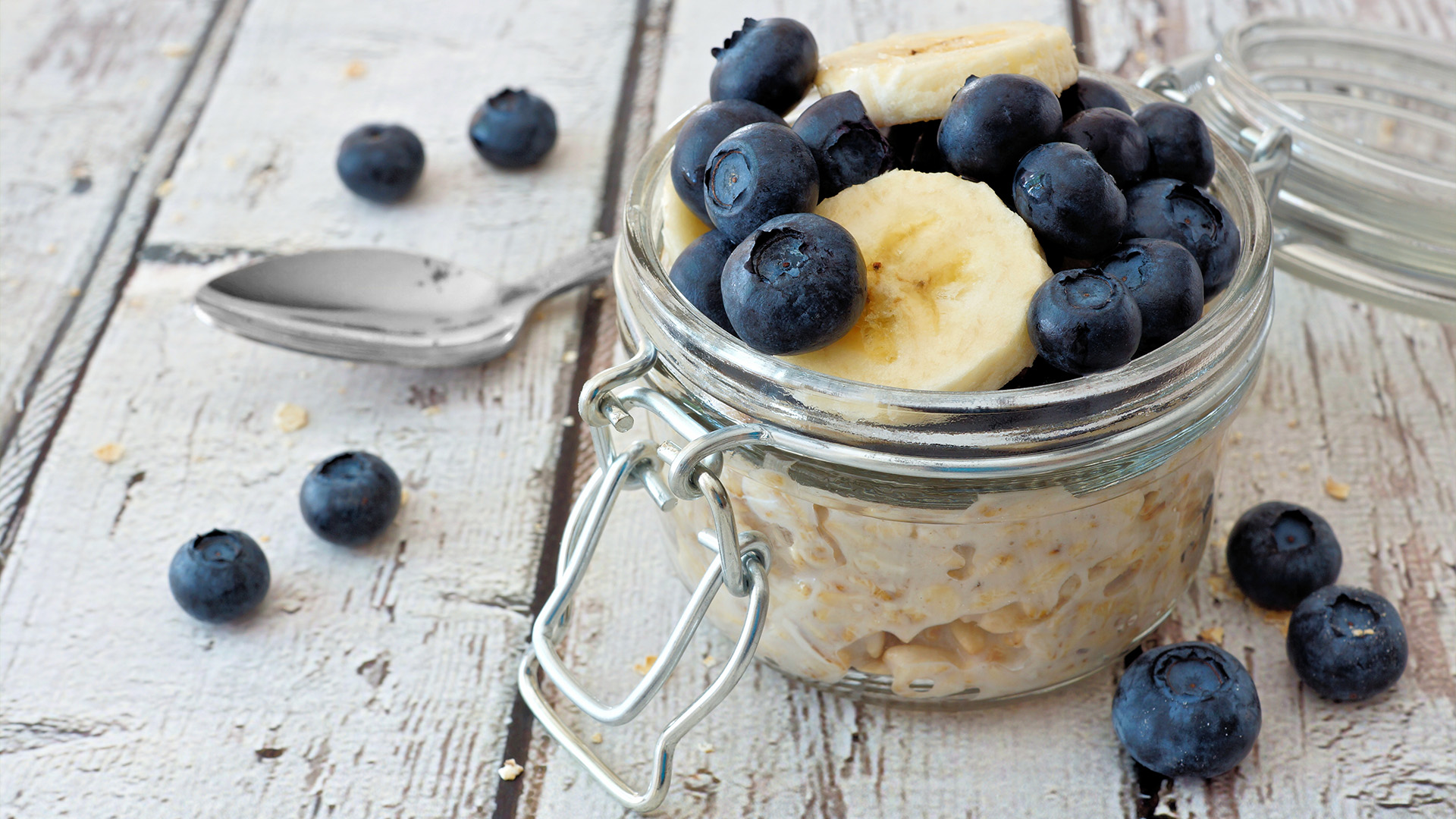



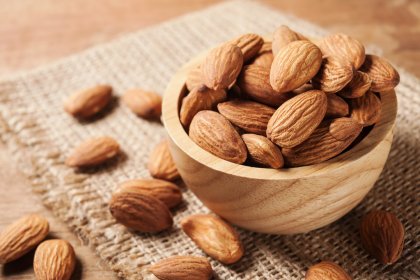

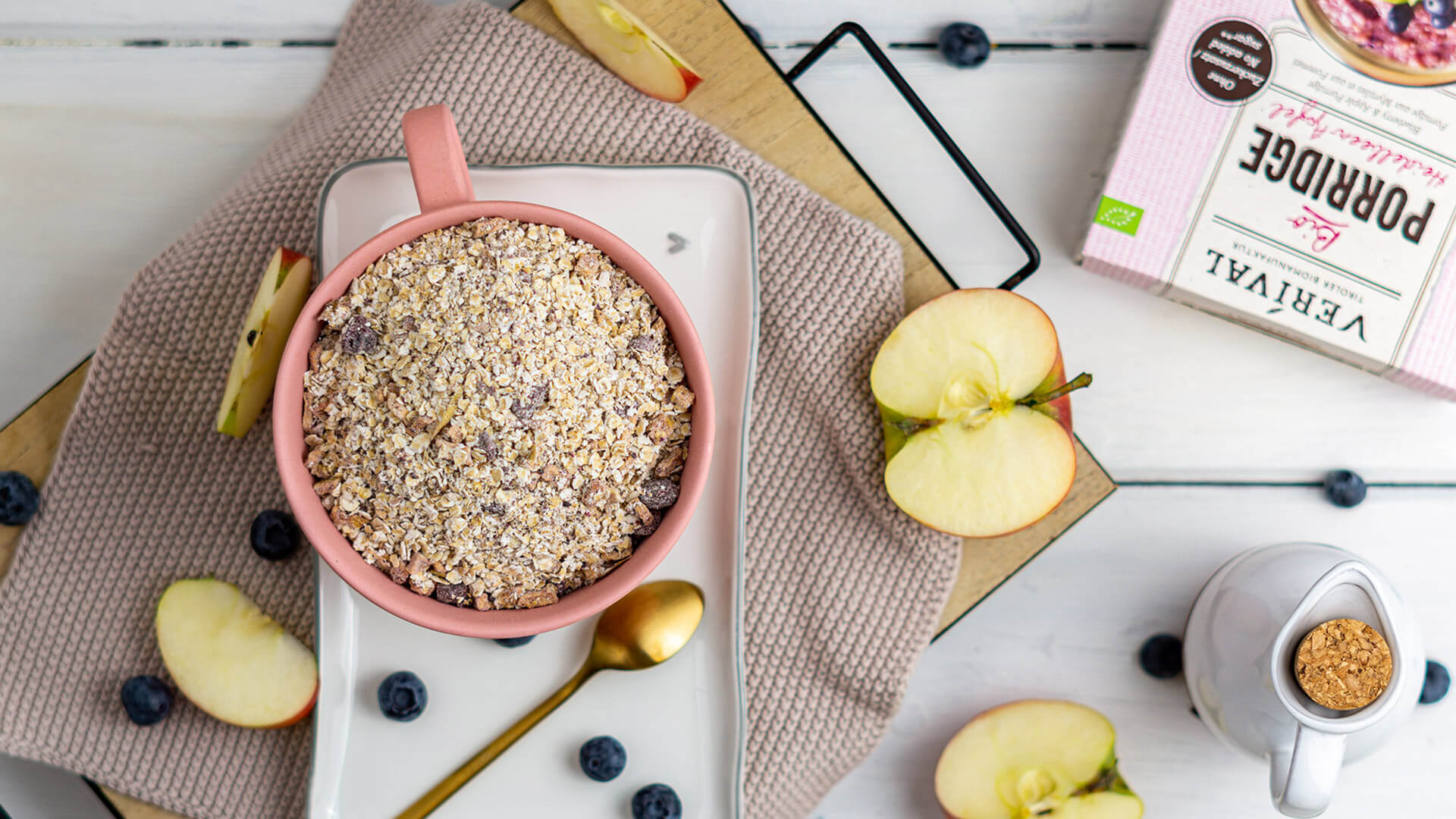
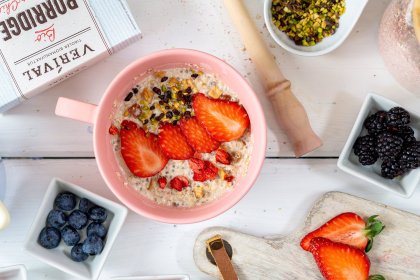
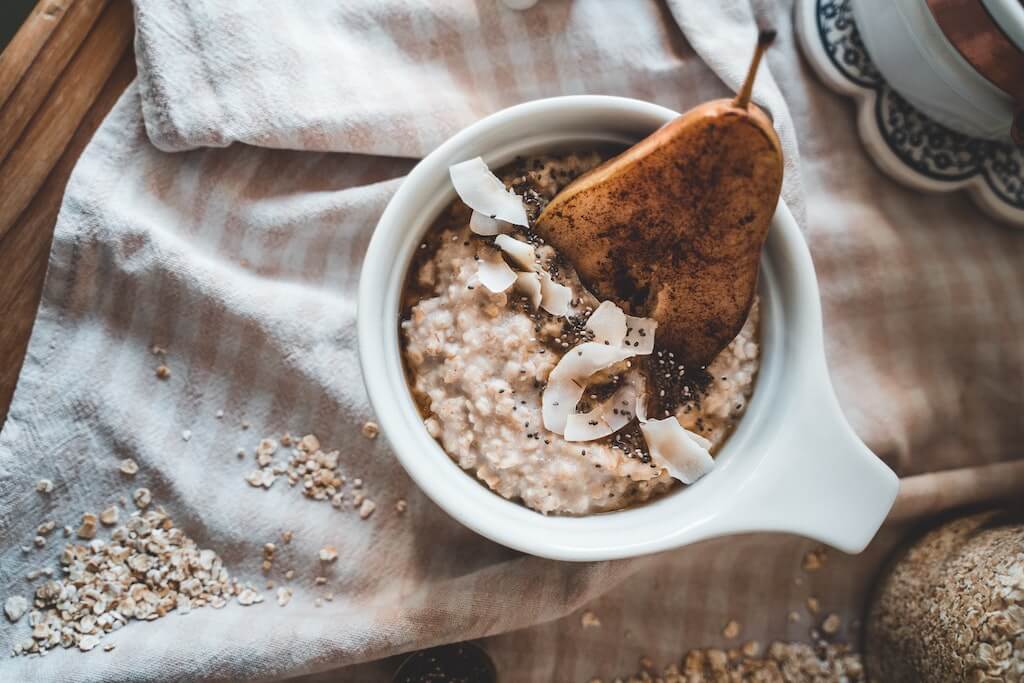
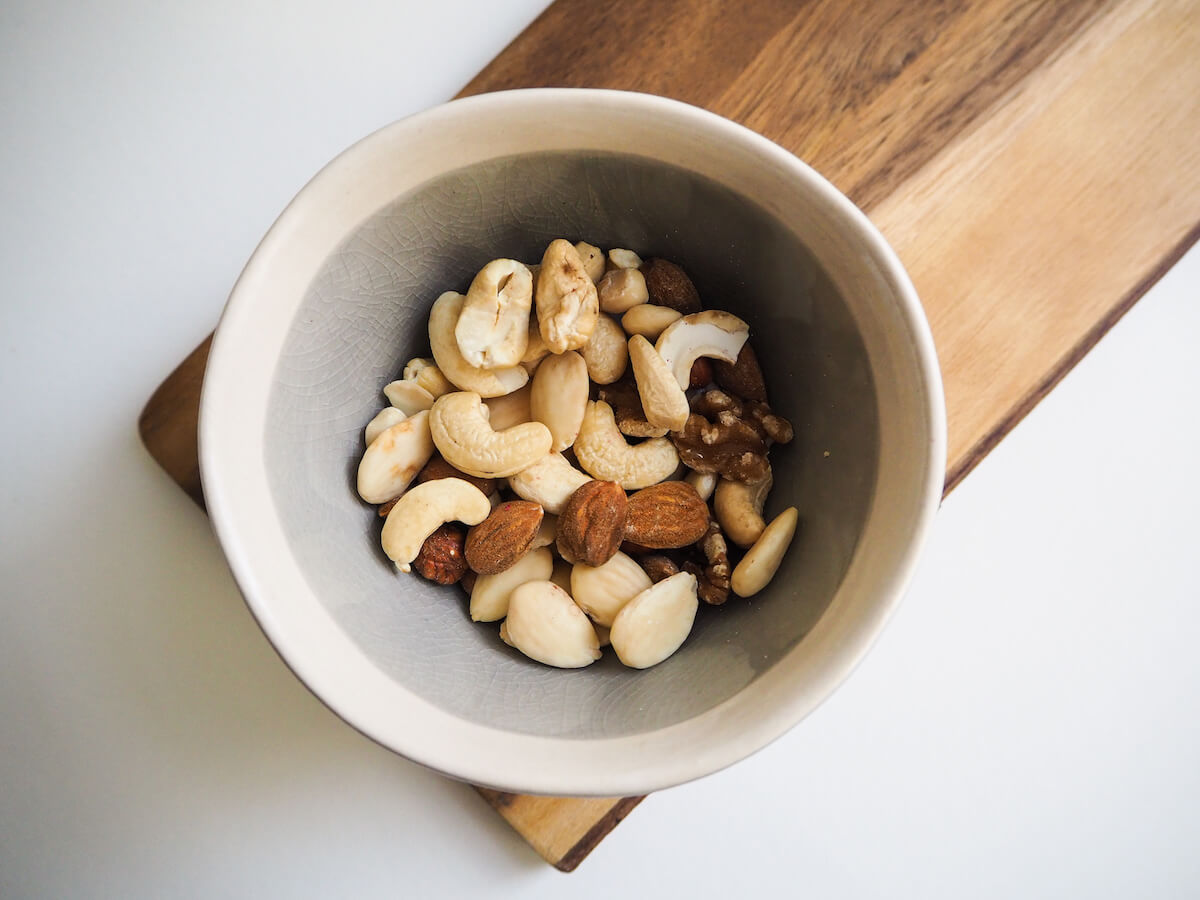

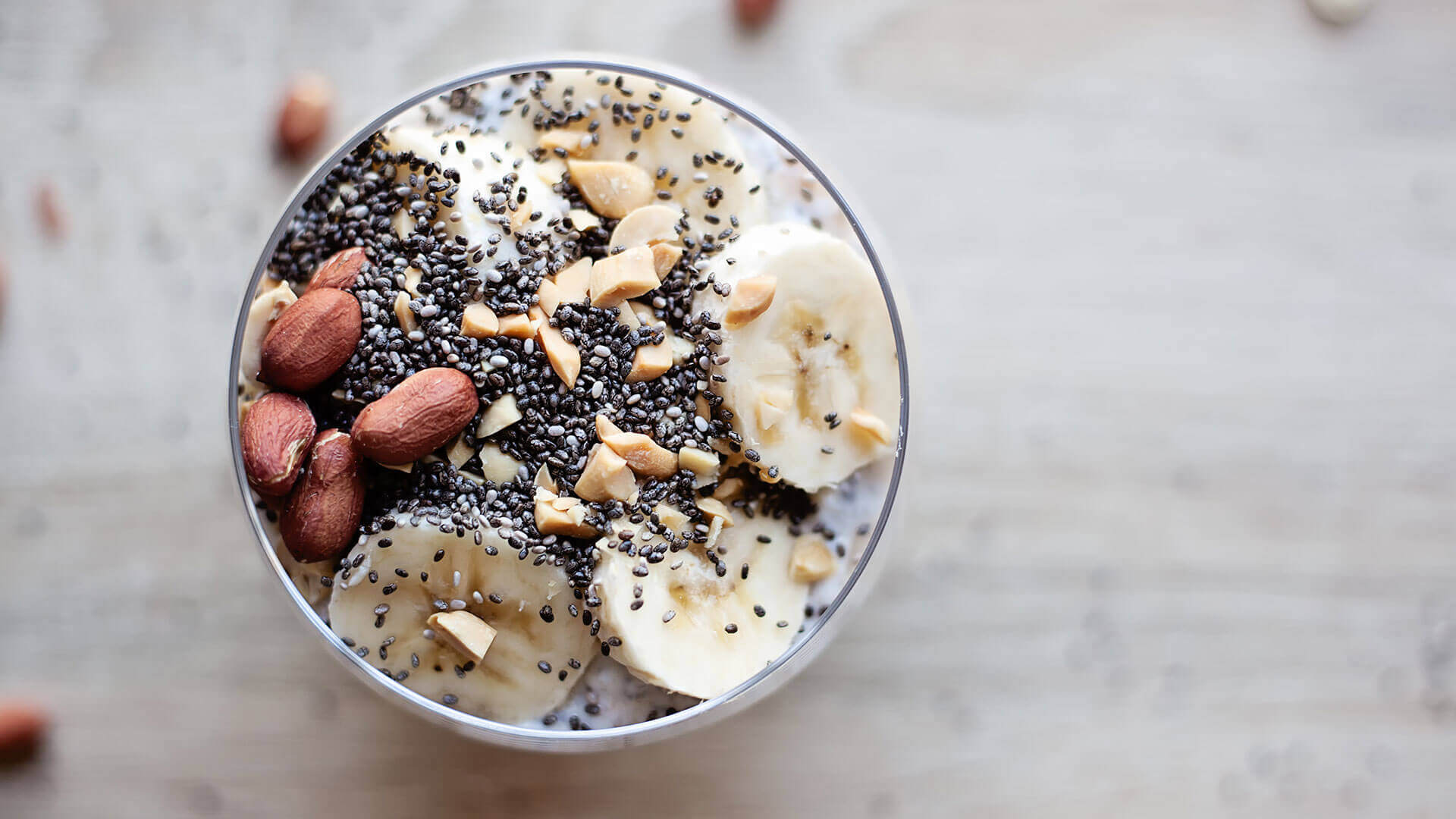

Do you like this post? Share it with friends: